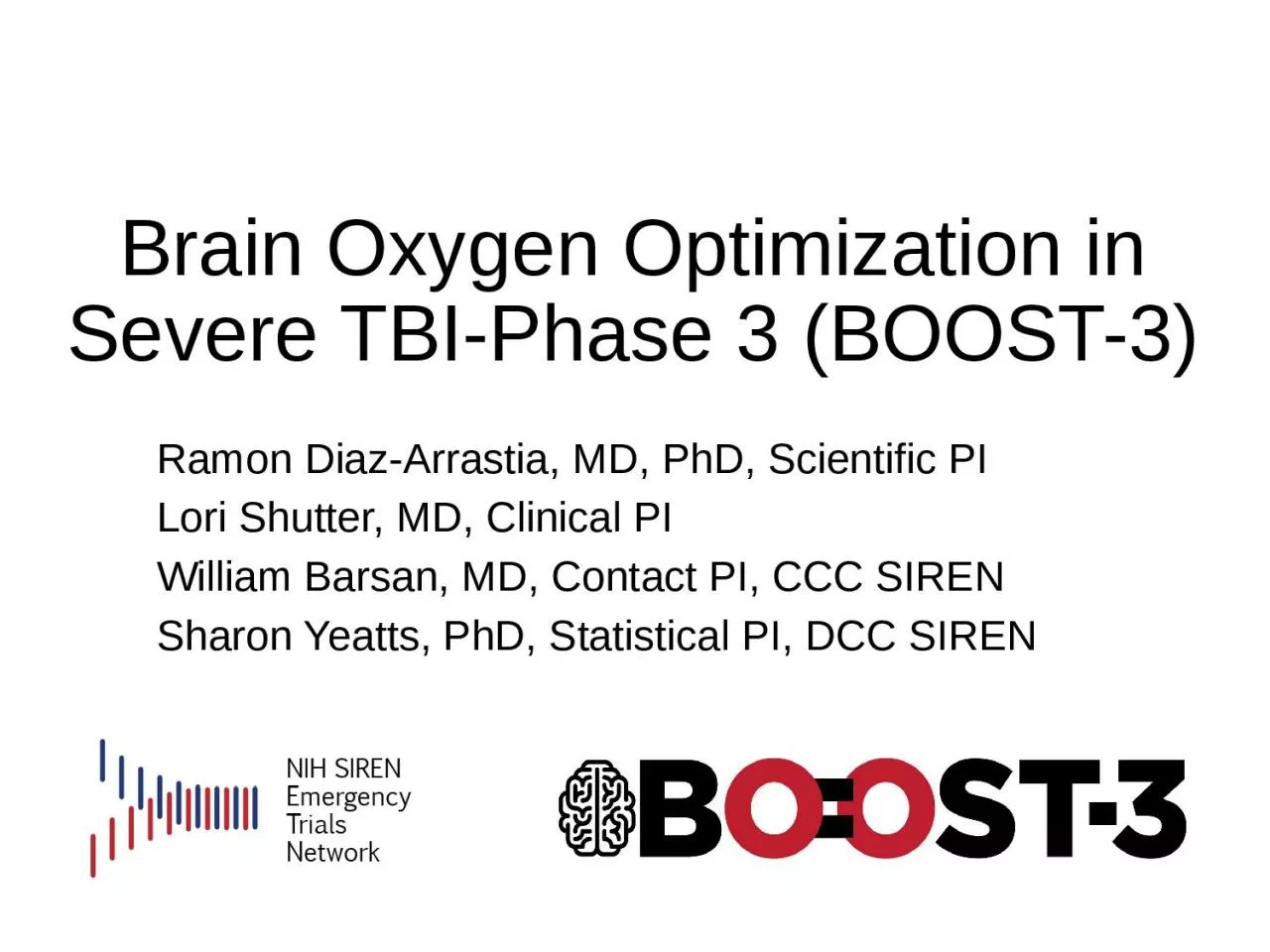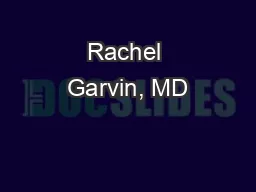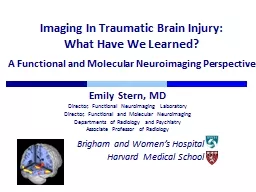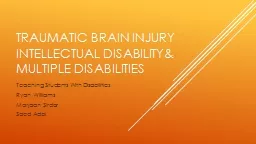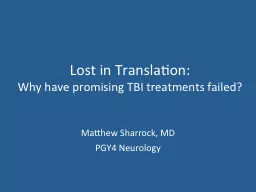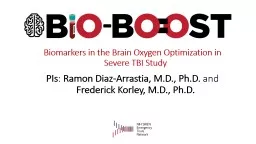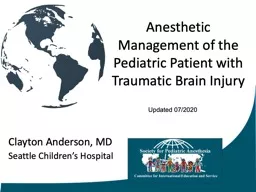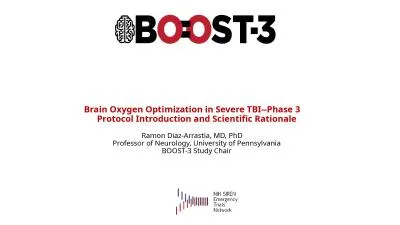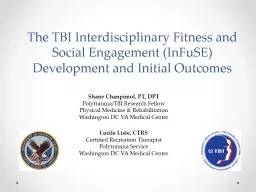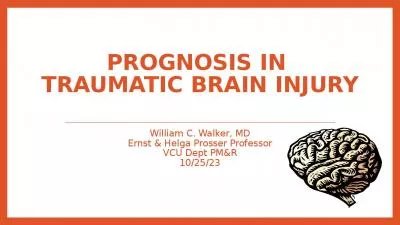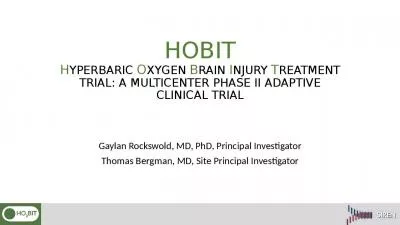PPT-Brain Oxygen Optimization in Severe TBI-Phase 3 (BOOST-3)
Author : joanne | Published Date : 2024-02-03
Ramon DiazArrastia MD PhD Scientific PI Lori Shutter MD Clinical PI William Barsan MD Contact PI CCC SIREN Sharon Yeatts PhD Statistical PI DCC SIREN Brain Tissue
Presentation Embed Code
Download Presentation
Download Presentation The PPT/PDF document "Brain Oxygen Optimization in Severe TBI-..." is the property of its rightful owner. Permission is granted to download and print the materials on this website for personal, non-commercial use only, and to display it on your personal computer provided you do not modify the materials and that you retain all copyright notices contained in the materials. By downloading content from our website, you accept the terms of this agreement.
Brain Oxygen Optimization in Severe TBI-Phase 3 (BOOST-3): Transcript
Download Rules Of Document
"Brain Oxygen Optimization in Severe TBI-Phase 3 (BOOST-3)"The content belongs to its owner. You may download and print it for personal use, without modification, and keep all copyright notices. By downloading, you agree to these terms.
Related Documents

